Expert travel storyteller Jordan Adkins, founder of InspiredByMaps.com, brings a decade of adventures across 101 countries and 450+ UNESCO sites into rich, off-the-beaten-path narratives, melding ecological expertise with genuine, seasoned travel insights. His full bio can be found here.
Costa Rica is not only a booming eco-tourism destination renowned the world over but is also one of the safest countries in Central America.
60% of its landmass is protected and you can find here an incredible array of landscapes and exotic animals that contribute to make it a nature lovers paradise.
It’s no wonder then that volunteering with wildlife in Costa Rica is becoming more and more popular with travellers of all ages and backgrounds, but is volunteering here right for you – and if so, what should you expect.
The Ultimate Guide to Wildlife Volunteering in Costa Rica! What to Expect, How To Prepare and Tips To Finding the Right Place!

Make your own decisions
I should first start off by saying my experience here is based off a volunteering stint at Costa Rica Animal Rescue Center – which I loved, but was by no means perfect.
I have also undertaken a lot of research, talked to volunteers from other places and had many a discussion on conservation and wildlife management to come to these conclusions. Take what I am going to say with a grain of salt as everybody, and I mean everybody, has there own opinions … but here are mine.
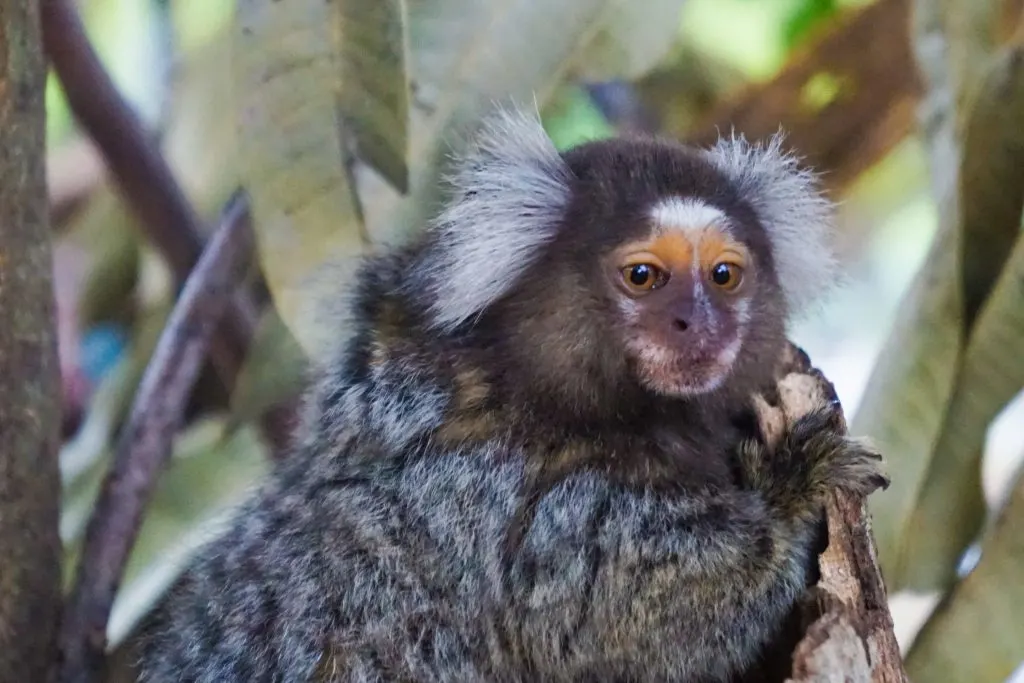
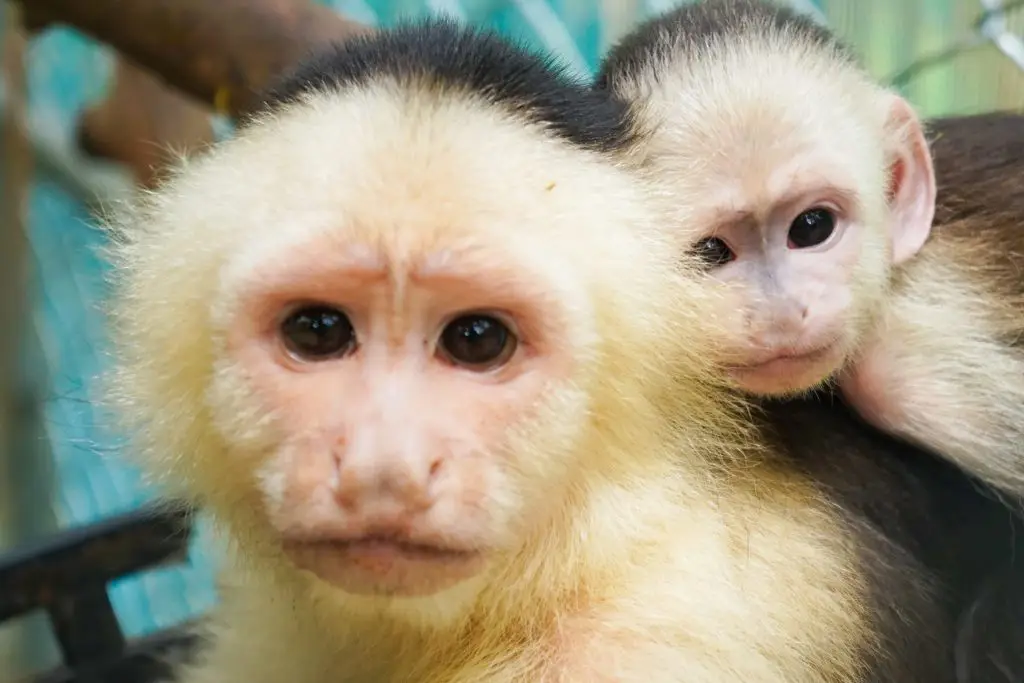
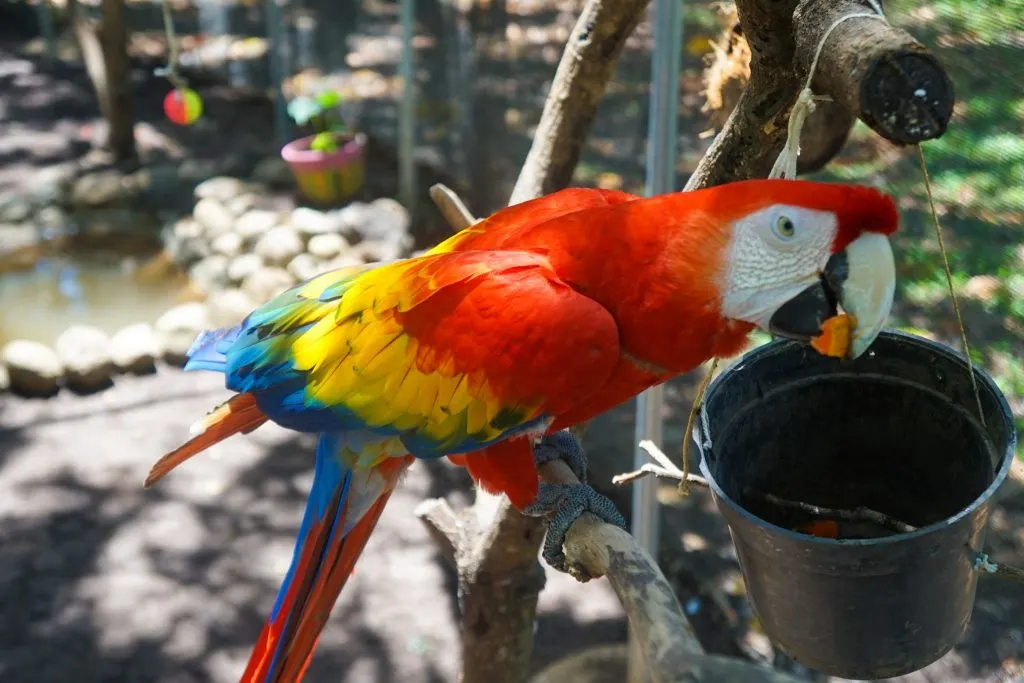
Consider your aims
Before deciding to volunteer with wildlife in Costa Rica you should sit down and think to yourself about what it is exactly that you hope to achieve and what is important to you.
Obviously if you are considering this you are going to care about animals, but is your focus on rescue and rehabilitation of individual animals, of protecting wildlife in situ, on breeding and releasing endangered animals or caring for animals which can sadly never be released back into the wild.
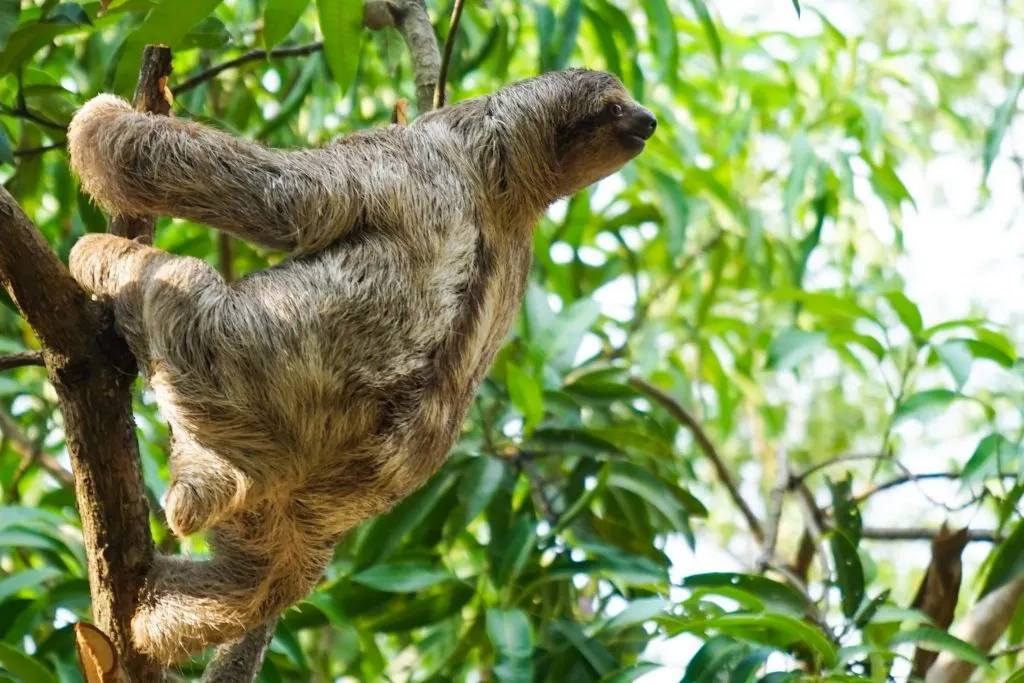
Follow your passions
There is no correct answer here but by thinking about it you can find a program to align better with your morals, passions and goals.
I never stopped to consider this in my rush to book something and assumed that my aim, to help with conservation of endangered animals and to educate myself on different issues and approaches, would align with every center.
Sadly this is not at all the case and I soon found out I had signed up for more of a zoo-type situation where the majority of the animals could not be released, with little-to-no real focus on conservation of endangered species and a touch of ‘cult-ness’ in the form of twice daily meetings from the co-ordinator on generosity and honesty.
That’s not to say this isn’t for some people, just not what I had expected.
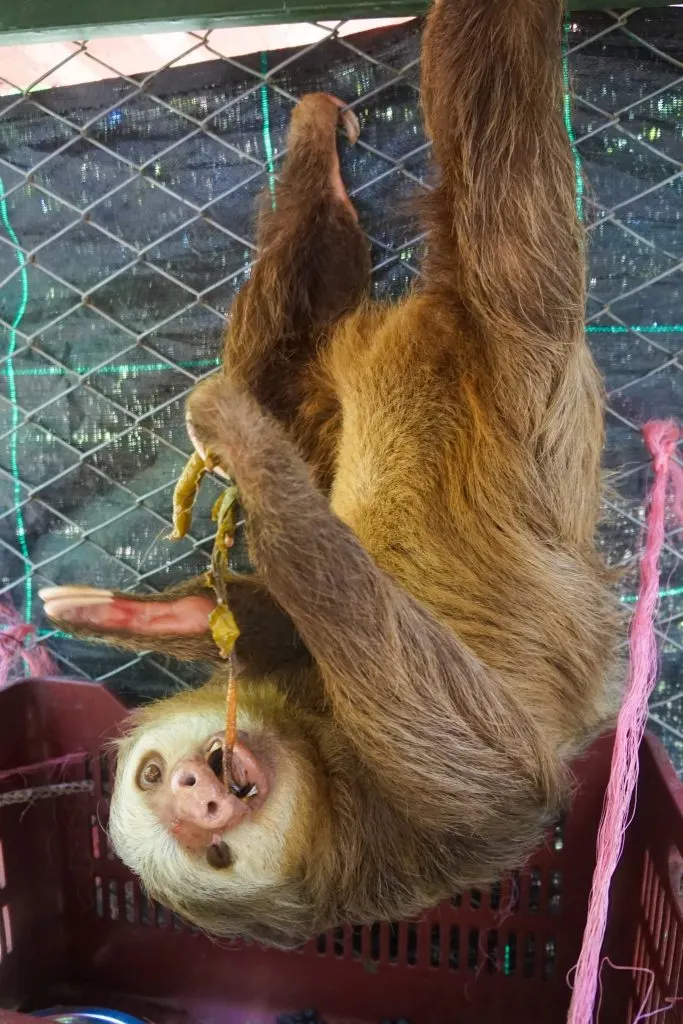
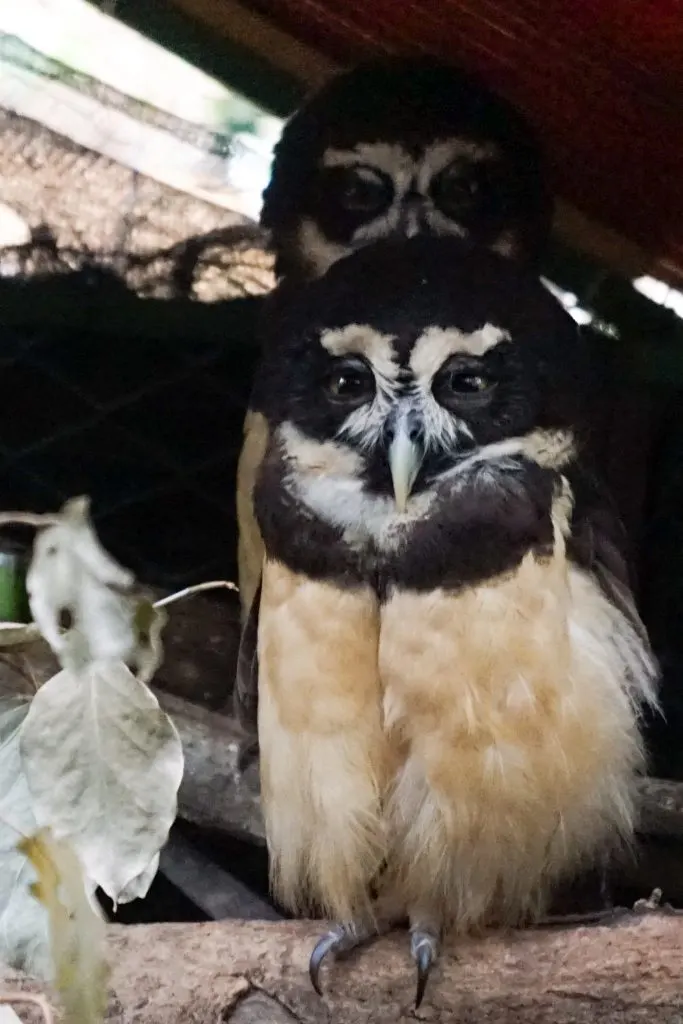
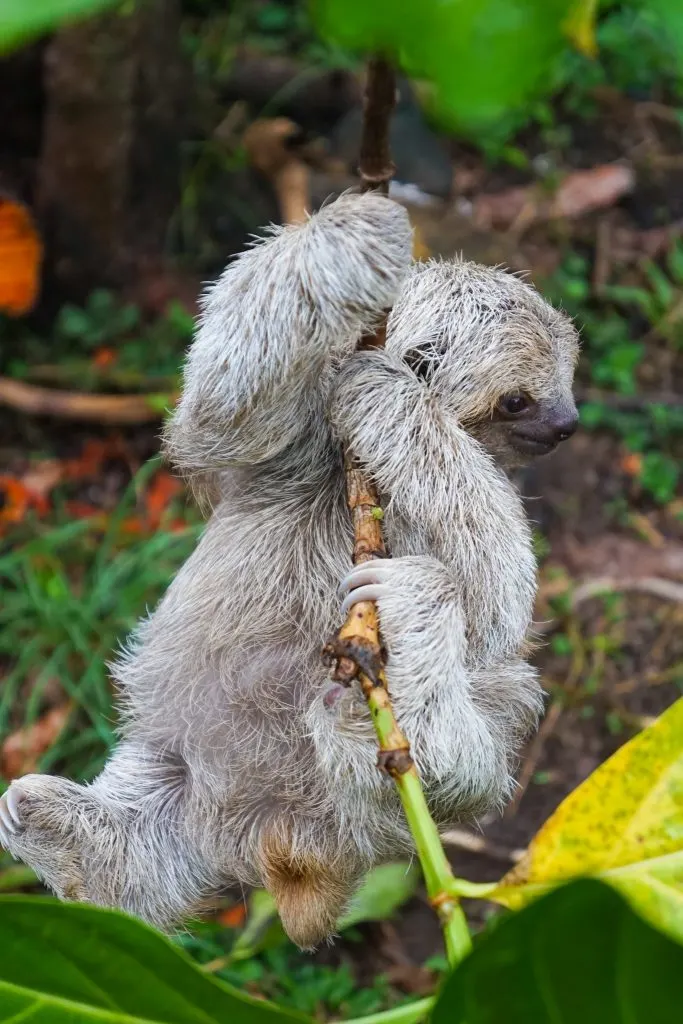
Research, research, research!
When choosing a place for volunteering with wildlife in Costa Rica you really only need to do two things: proper research and have good international group insurance.
That’s all you can do to prepare yourself. In doing proper research you should ask for previous experiences from people you know or relevant Facebook groups, email the center to find out what their focus is on to feel them out and of course – check TripAdvisor, but take everything with a grain of salt.
While of course volunteering with sloths is trendy right now, there are plenty of other vulnerable places, species and landscapes so look around – if really making a difference is important to you, consider taking the effort to get to an off-the-beaten track place or reaching out to different organizations that might not even advertise volunteering opportunities.
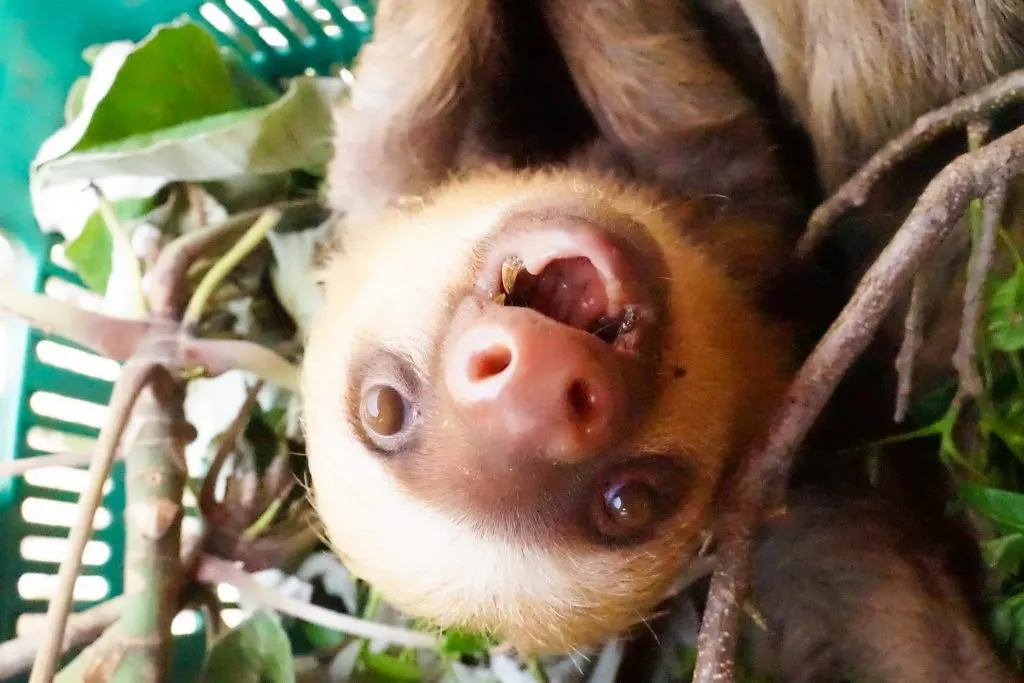
Use your tourist dollars wisely
Sadly, with Costa Rica’s tourism boom there has been a rise in for-profit volunteering – by which I mean the profits in the center are used to fund owners lifestyle and not help the animals.
I 100% believe that you should cover the costs incurred in feeding and potentially housing volunteers, but anything above that to me seems unfair and profiteering – if you see places charging excessively consider what their costs incurred are and where the money is really going.
In addition do not go through big international volunteering agencies, they are simply a middle-man which offer next to no help and take commission as high high as 300% … think I’m kidding?
While I paid $30 USD per night for board at the Costa Rica Animal Rescue Center, some others who went through other programs paid $125 USD per day.
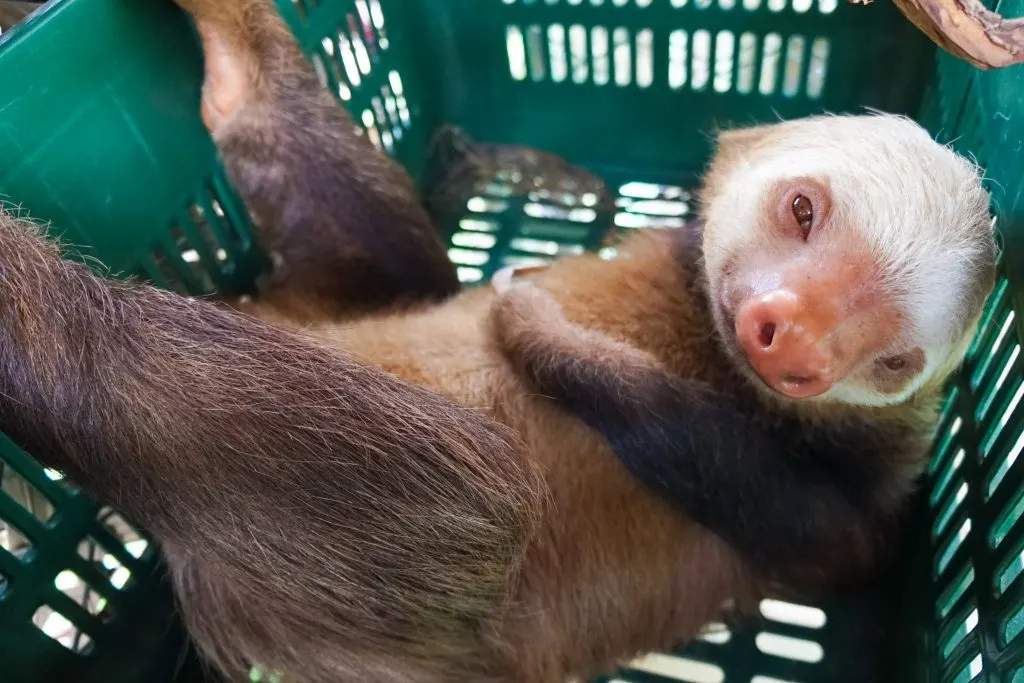

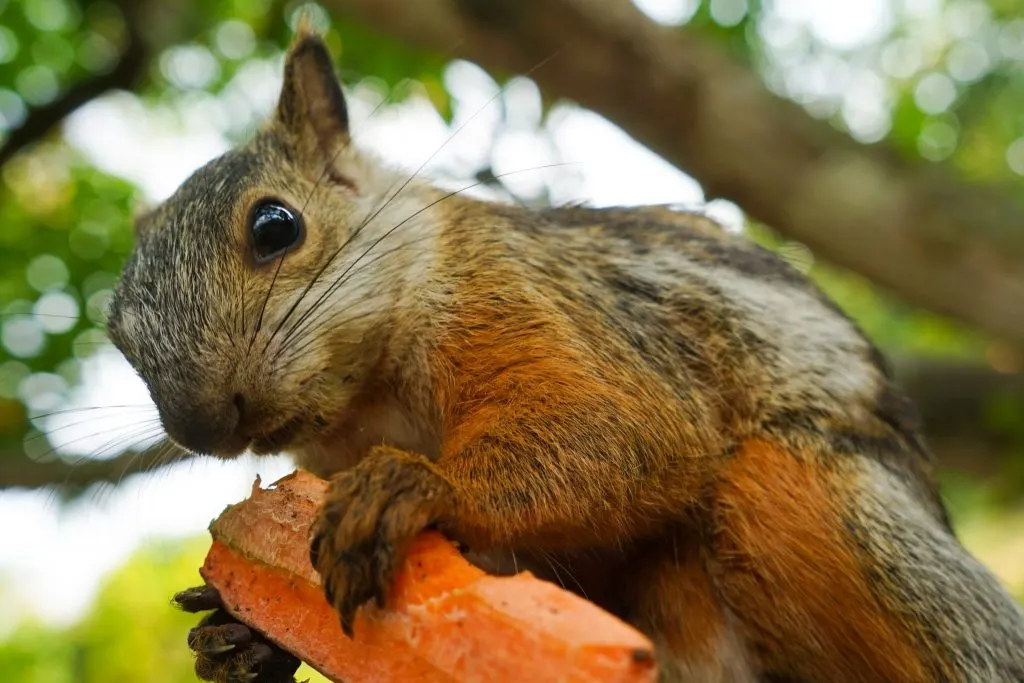
Don’t waste your time
While I can’t speak for other places you should also know what the average day involves when volunteering with wildlife in Costa Rica.
In a nutshell it’s cleaning, feeding and more cleaning. If you have physical skills or a background in zoo-keeping/animals enrichment/animal medicine you can obviously be a lot more help, and I would definitely encourage you to go as you can make a real difference.
However, if you’re like me and don’t have those skills, you may find yourself bored at times because the center accepts up to 80 (!!!) volunteers at any one time, and while I was there we averaged only 30 and still did not have enough to do.
Yes you can come up with your own projects, but with a lack of supplies or interest from the owners you can only go so far. Therefore I also suggest to find out about maximum volunteer numbers and how many will be there during your stay.

Educate yourself
During my stay I learnt the main issues threatening wildlife in Costa Rica is rampant development and the associated deforestation, car + machete strike and the illegal pet trade.
The pet trade has the most visible effects at Costa Rica Animal Rescue Center as many animals here have been socialized with humans, mistreated and now cannot live a life on their own in the wild. I think that is why I was so disappointed with the centre for having what is effectively a pet monkey, Felucio, that the owner and co-ordinator like to bring out to show his birth defects, as some kind of perverted party trick.
They refuse to recognise the hypocrisy of their actions and maintain that the illegal pet trade is horrible (which it is!) all the while keeping a monkey for themselves.
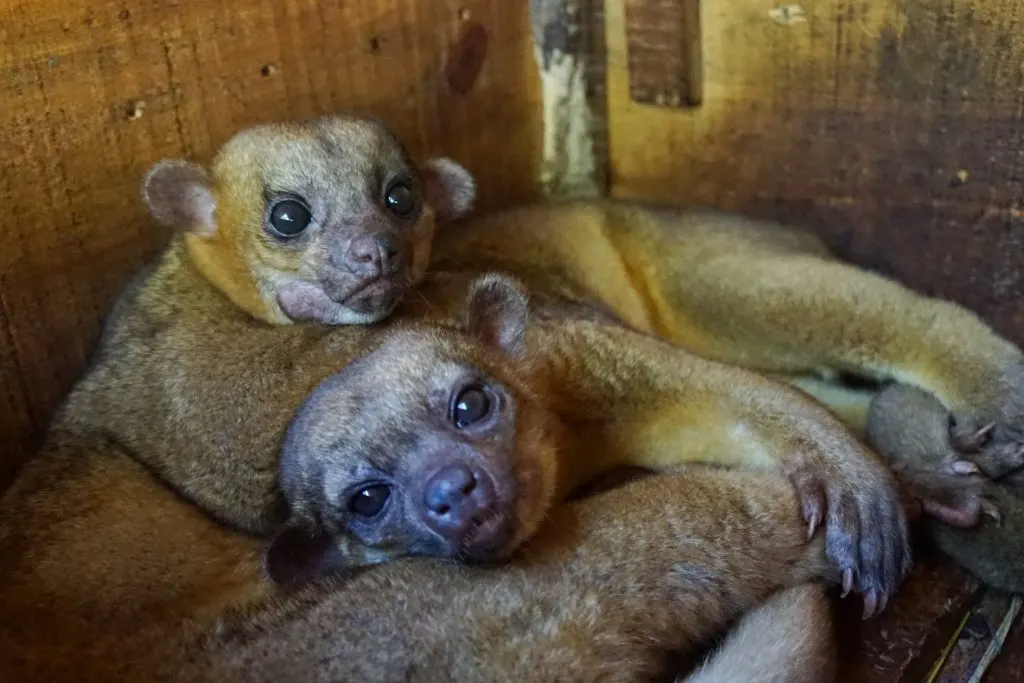


Speak your mind
I truly came away from my experience a changed man, not necessarily thinking I made a difference, but having a better appreciation for the complexities and moral issues that accompany wildlife management.
With limited funding and a world facing ever increasing environmental pressures you can only do so much – but I still think you need to be critical and speak out against what you see, or praise what you love.

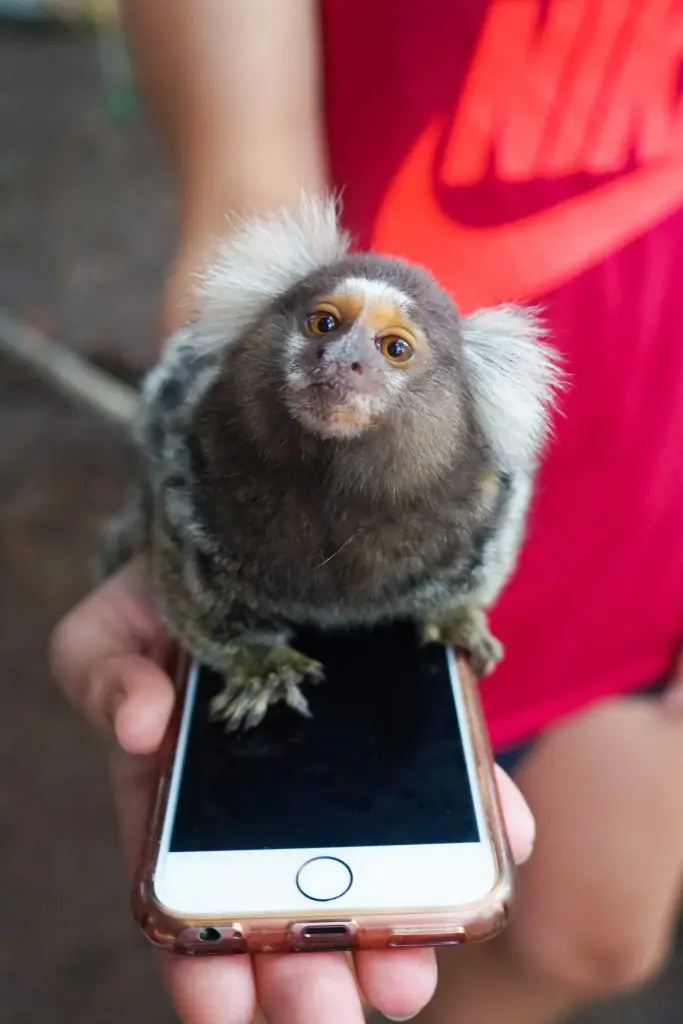
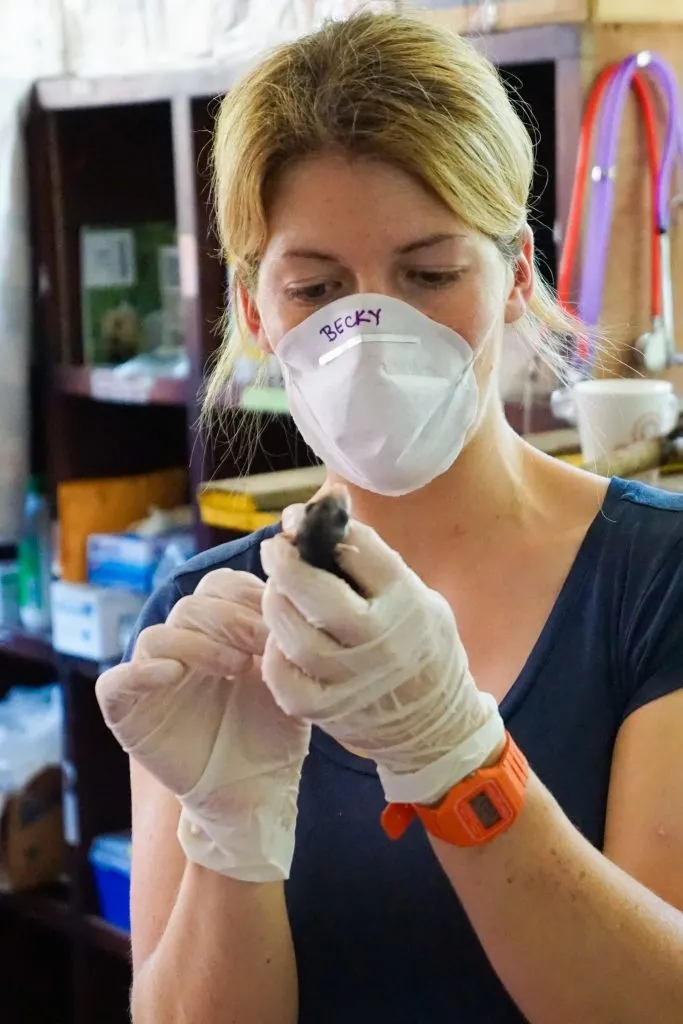
Change yourself and the world
Volunteering with wildlife in Costa Rica can be a life changing experience, full of new friends, memories, warm-fuzzies and surprises – but make sure you do your research first, support ethical wildlife centers (and make ethical travel choices in general) and go with a facility that has the same passions and interests as you.
Most of all enjoy your time, question everything, seek more information, learn then educate the world – then you can truly make a difference.
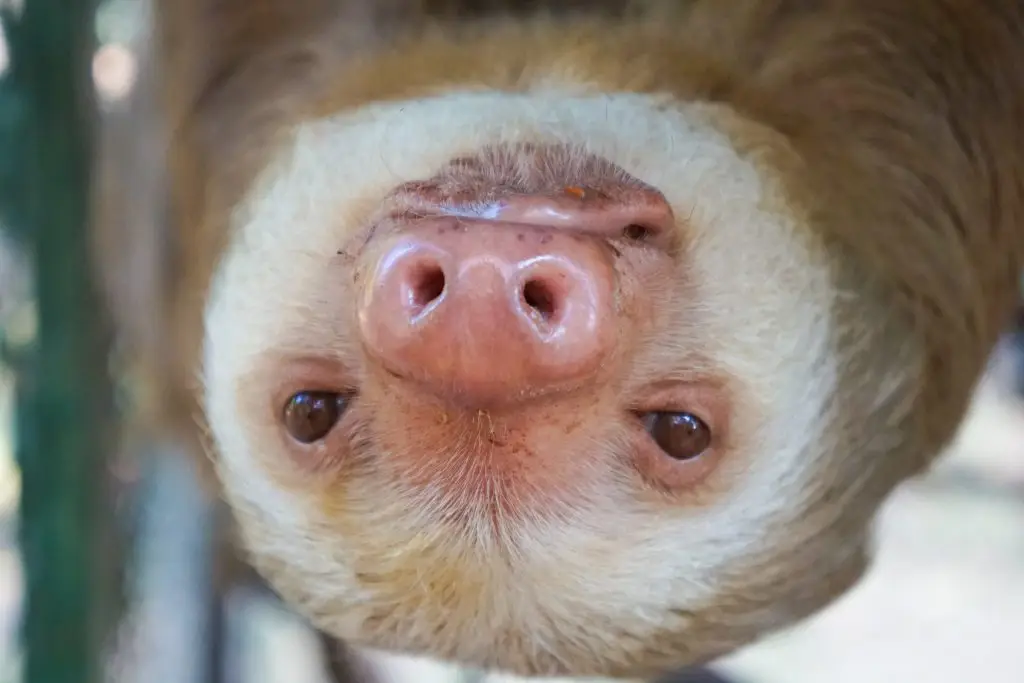
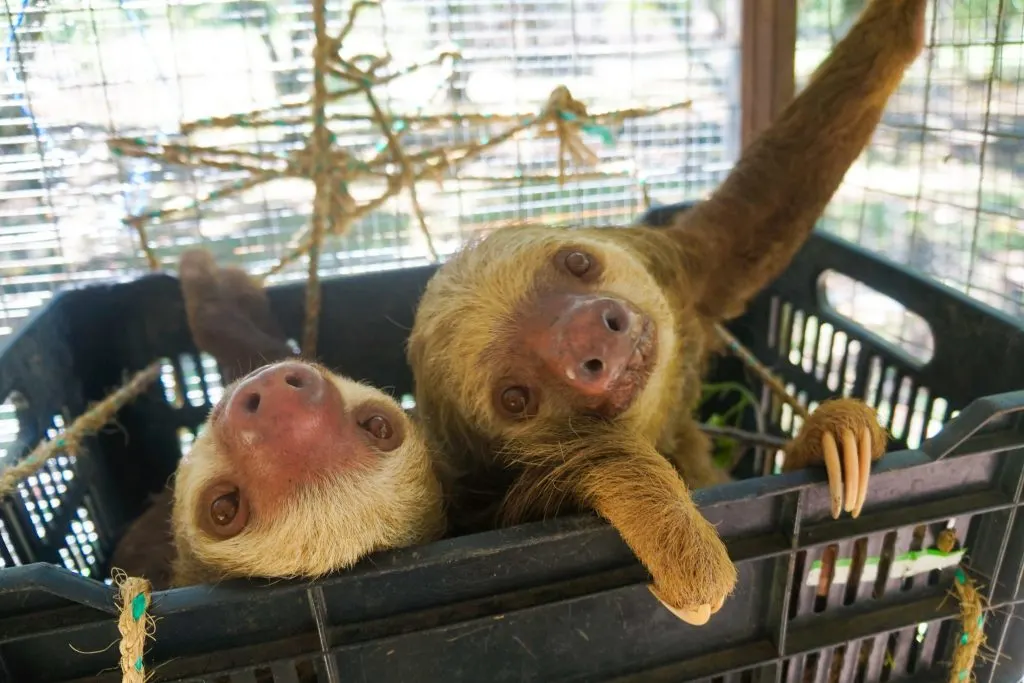
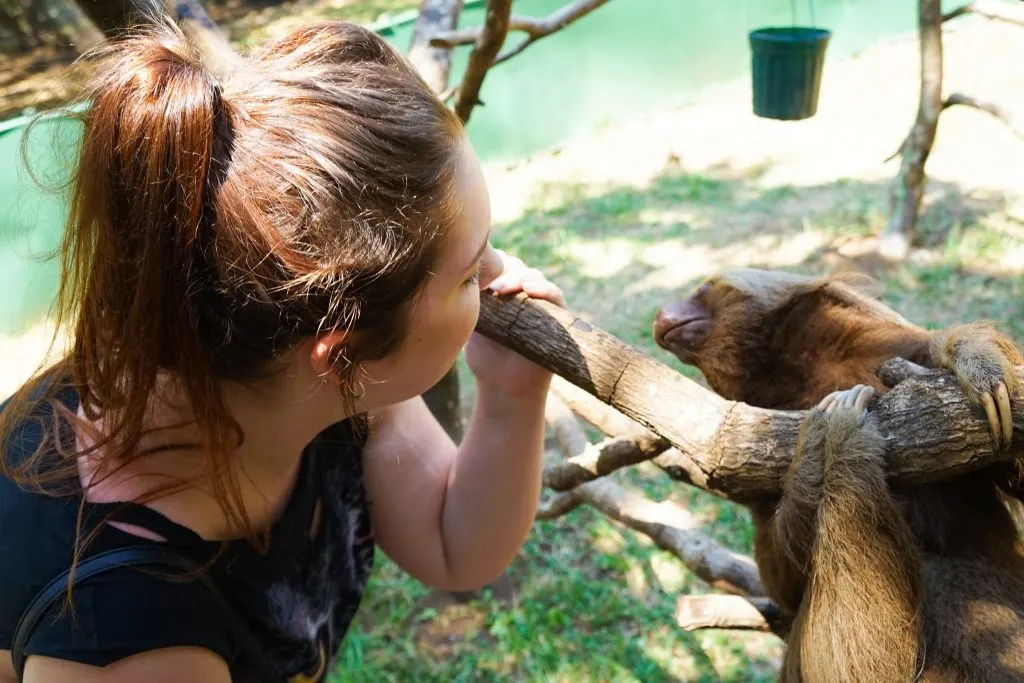
What do you think? Did this guide help you decide if volunteering in Costa Rica was right for you? Let us know your experiences and thoughts in the comments below – I would love to also hear about other rescue centres and how they compare!
And if you love animals and find yourself in Costa Rica, you can’t miss visiting Territorio de Zaguates: The Costa Rica Dog Sanctuary You Need to Add to Your Bucket List!
Looking for travel inspiration / eco tourism inspiration before or after your wildlife volunteering in Costa Rica? Compare great deals for hotels and hostels all over the country with a best rate guarantee, so you can splash out on all these other awesome things instead!

